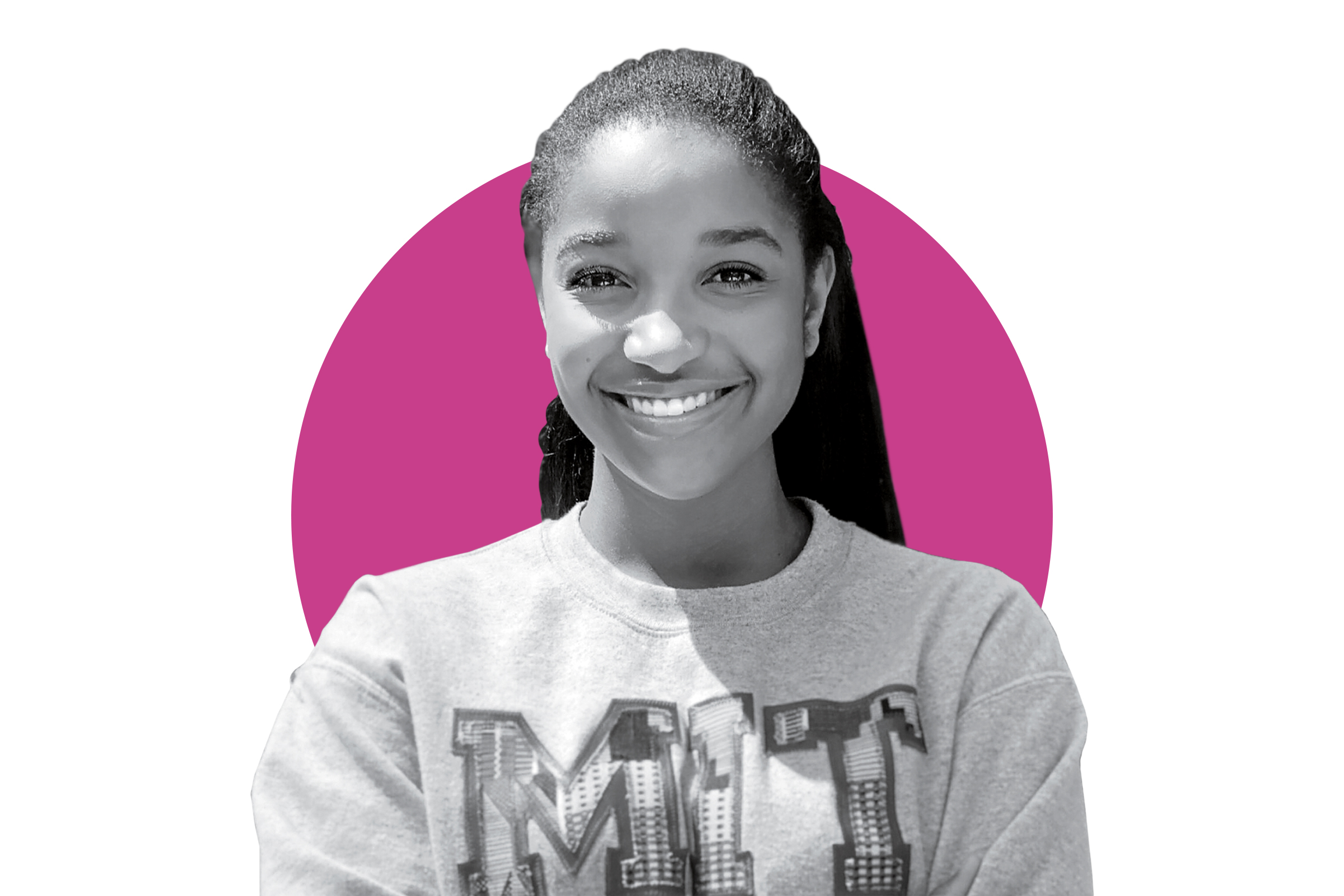I was 12 years old when Trayvon Martin was murdered, and 13 when his murderer was acquitted. While my predominantly Black congregational church was wrought by grief and mourning, my predominantly white private school was oblivious to the murder, the protests that followed and the trial.
This type of split in American reality is nothing new to my family. My grandfathers were Black children of the Jim Crow South, attending segregated schools with hand-me-down books and dilapidated furniture. They were denied access to the public library, as it was a white-only space, and they suffered from so many other separate and unequal conditions. My grandmothers were labeled “overly ambitious” and suffered repeated attempts to smother their dreams to confine them to traditional gender roles.
Despite these obstacles, they were able to overcome these oppressive systems, graduate from college and have successful careers. Members of my family went on to titles including mayor, police chief and Democratic Party official.
Their DNA imbued me with the grit necessary to confront any obstacle that I faced—and the idea of Black women comfortably taking space in environments not designed for us was ingrained in me from birth. Growing up in Miami, whether I was a kindergartner being called the N word or being the butt of every joke during Black History Month, I would never allow my self-worth to be defined by the hostility of my classmates.
From a young age, my activism was nurtured by my mother’s emphasis on cultural education. I had early exposure to Alex Haley’s Kunta Kinte, Frederick Douglass, W.E.B. Du Bois and Maya Angelou. I was planted in solid ground with roots that stretched back generations.
Lifted by these pioneers, I felt comfortable claiming space for myself in predominantly white hierarchies, including becoming the team captain of an all-boys soccer team. But before long, I recognized
the greater impact I could have by including others in my efforts: forming a Black Student Union; mobilizing against culturally appropriated costumes, including Afro wigs at homecoming; and adopting the “lifting while we climb” mentality that my ancestors had espoused.
The Black Student Union at my school created the infrastructure for Black students to mobilize and actively fight against the emergence of oppressive policies. Using our collective strength, we refused to accept the casual use of the N word by non-Black persons, the hypersexualization of women and the countless harmful microaggressions that polluted our air.
Transforming this noxious gas to life-affirming oxygen was both challenging and exhausting. Sometimes, I miscalculated while balancing the equations and found myself pigeonholed into the “angry Black girl” trope. Still, I refused to remain
quiet about the systemic racism of my environment. It became normal to explain the harm in assuming that all Black students were on full scholarships or that we were all on the basketball team.
I quickly became the face of Black radicalism at my private school. Fostered by my introduction to Angela Davis, Stokely Carmichael and Fred Hampton, I embraced the title and the responsibility that accompanied it.
When the head of school announced that students would face consequences for kneeling during the anthem, I wrote an op-ed in the school paper. During Black History Month, I ordered a Black Lives Matter flag and went directly to the head
of school to have it hung in the middle of campus. And over time, underrepresented students felt comfortable challenging our school administration and had the support to do so.
The lessons I learned in high school had taught me the power of escalation and limits of nose-to-nose negotiations. But as I continued on to the Massachusetts Institute of Technology, I was reminded of the shoulder-to-shoulder mentality that my grandparents had embraced. I wanted to continue to lead.
My inspiration to run for president at MIT budded from my eagerness to change the way our campus prioritized diversity without focusing on access, privilege and apathy. Caring about the importance of diversity means so much more than simply focusing on the inequality present on campus. While campaigning, it didn’t surprise me when I was asked during the debate to describe what I had done for students who aren’t Black. But my track record as officer on diversity spoke for itself, and I was elected in May, becoming the first Black woman student-body president in the school’s 159-year history.
Two months into my term, I have a clear vision with a checklist: We will push to remove Columbus Day from our calendar and, instead, celebrate Indigenous Peoples’ Day. We will also re-examine the diversity of MIT’s banking relationships and investment portfolio. Additionally, we are collaborating with student leadership at Historically Black Colleges and Universities to work on joint projects.
Although there will always be someone ready to temper expectations, the rings of my history remind me of the power of perseverance combined with strategy. As the great John Lewis said, “Ordinary people with extraordinary vision can redeem the soul of America by getting in what I call good trouble, necessary trouble.”
- Donald Trump Is TIME's 2024 Person of the Year
- Why We Chose Trump as Person of the Year
- Is Intermittent Fasting Good or Bad for You?
- The 100 Must-Read Books of 2024
- The 20 Best Christmas TV Episodes
- Column: If Optimism Feels Ridiculous Now, Try Hope
- The Future of Climate Action Is Trade Policy
- Merle Bombardieri Is Helping People Make the Baby Decision
